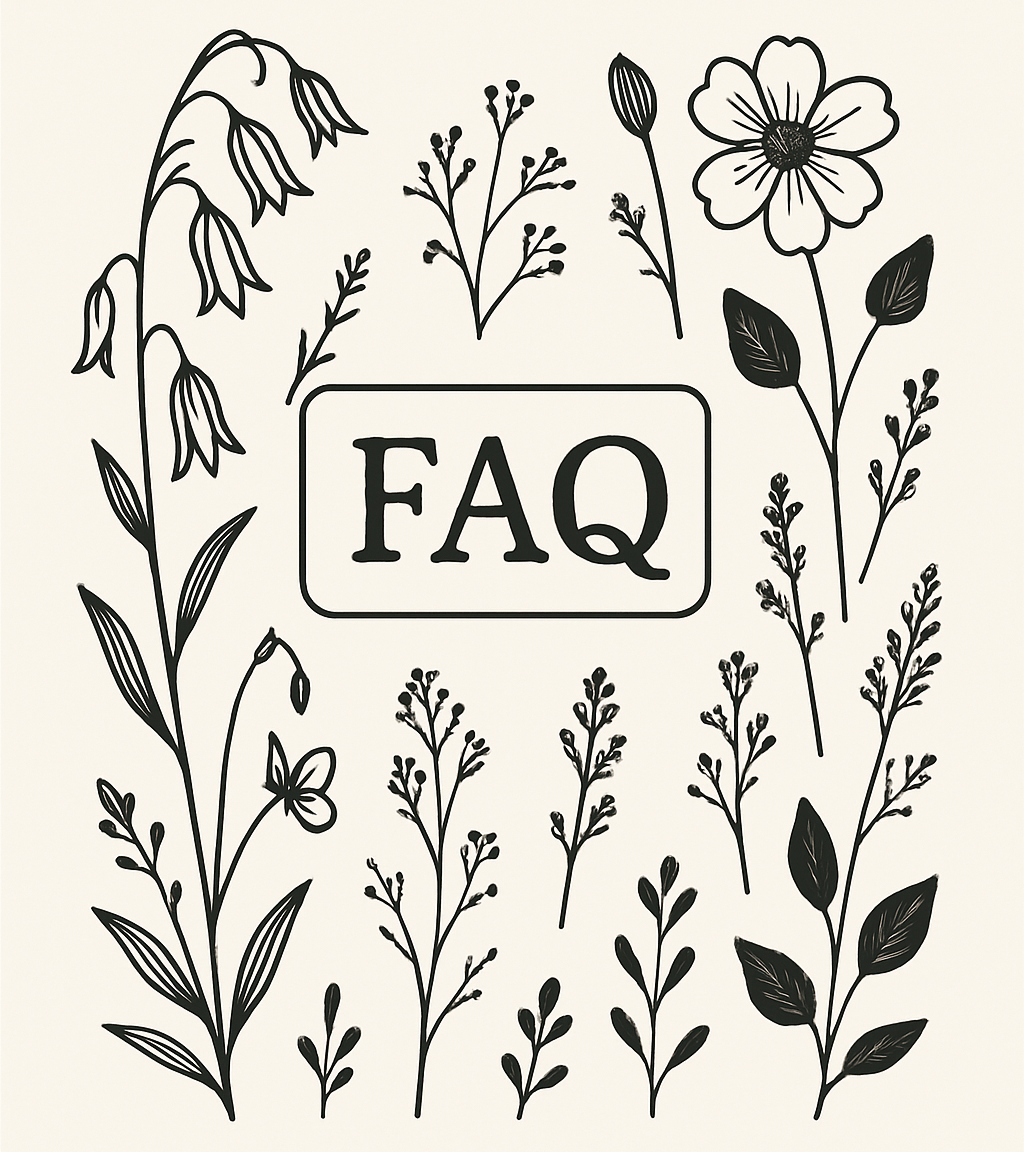
Here are five practical, trend-forward tips to guide your container updates this fall:
1. Refresh the Soil & Replenish Nutrients
By the fall, container soils can often be depleted from heavy summer growth and watering. To give new plantings a strong start, remove the top few inches of tired soil and replace it with a compost-enriched mix. Adding a slow-release fertilizer tailored to cool-weather plants will ensure steady nutrition through the season. Healthy soil is the foundation of every successful fall planting.
2. Select Reliable Seasonal Performers
Clients want containers that hold up as the days cool and nights lengthen. Proven annual plants like ornamental kale, cabbage, dusty miller, pansies, violas, and mums, deliver both durability and impact. For professional-grade designs, consider pairing annuals with evergreen shrubs, perennial grasses and perennials such as heucheras, creeping Jenny or a sedum as the structural anchor with seasonal color layered around them. This creates longevity while still capturing the energy of fall. Consider plants that age well (look great after frost) into the fall season with beautiful color changes, or unique seed pods. Foliage brings color, structure, and texture a through the fall season are all plants to consider when designing for this transitional season.
3. Integrate This Fall’s Design Trends
This fall, three themes are standing out:
- Moody palettes — Deep burgundy, bronze, and smoky purple are replacing bright summer tones.
- Textural contrast — Spiky grasses, seed pods, and velvety foliage add dimension.
- Natural finishes — Rough stone, matte neutrals, and sustainable container materials are gaining traction.
Bringing these touches into your designs keeps client spaces feeling fresh and in line with current aesthetic movements.
4. Maximize Scale & Placement
In fall, when surrounding landscapes begin to thin out, containers often become focal points. Larger-scale vessels and bold plantings are especially effective in commercial or multi-family settings. Groupings of different container heights and styles can also draw the eye and create rhythm across entrances, patios, or courtyards. Professional landscapers who use scale intentionally elevate the overall design. Fall can be a great time to move around our containers and do different clusters on a property. Containers don’t need to be a stagnant element in the landscape.
5. Plan for Longevity into Winter
Successful fall plantings aren’t just about the next six weeks — they should transition smoothly into early winter. To extend container performance:
- Ensure proper drainage to prevent root rot during fall rains by making sure there is a air gap between the vessel and surface.
- Incorporate cold-hardy evergreens and perennials that will persist after frost.
- Add a thin layer of mulch to insulate roots and retain soil warmth.
These details provide lasting value for clients while reducing the need for a complete December overhaul.
Final Takeaway
Fall containers give professional landscapers a chance to showcase seasonal expertise while meeting client expectations for both beauty and durability. By refreshing soil nutrients, choosing resilient plants, weaving in current trends, and designing with scale and longevity in mind, you can create displays that carry properties seamlessly into winter.
If you need design assistance or tailored recommendations for container projects, our team is here to help. Contact us today to collaborate on fall container solutions that impress clients and set your work apart.
Frequently Asked Questions
Q1: Do I need to fully replace container soil each season?
Not necessarily. A complete replacement isn’t always required, but refreshing the top 2–3 inches and incorporating compost or slow-release fertilizer is essential to restore nutrients and support fall plantings.
Q2: What plants perform best in fall containers for commercial properties?
Durable cool-season options such as ornamental kale, pansies, violas, mums, and dwarf grasses hold up well in fall. Pairing them with evergreen anchors ensures containers remain attractive into winter.
Q3: How can I make fall containers feel current and on-trend for clients?
Focus on moody color palettes (burgundy, bronze, smoky purple), textural layers (grasses, seed pods, velvety foliage), and natural container finishes (stone, matte, sustainable materials). These trends keep displays aligned with modern design aesthetics.

